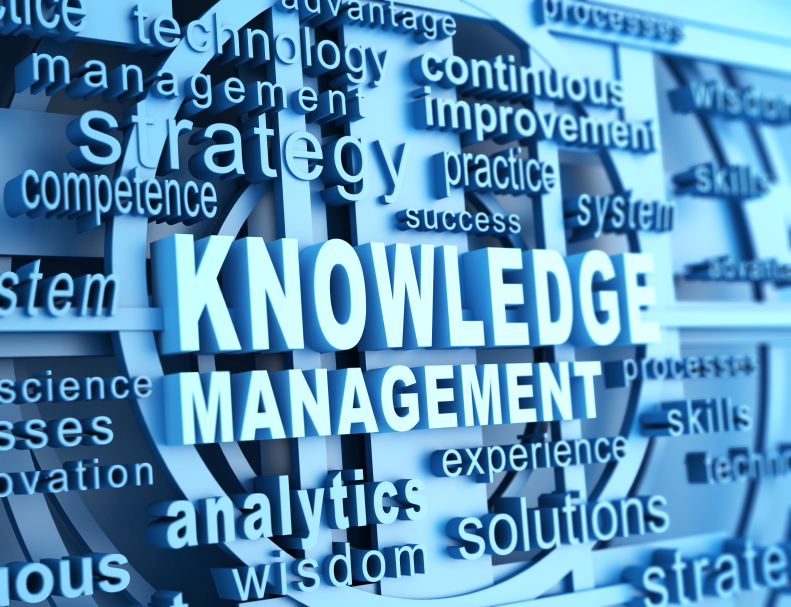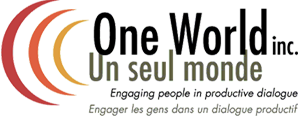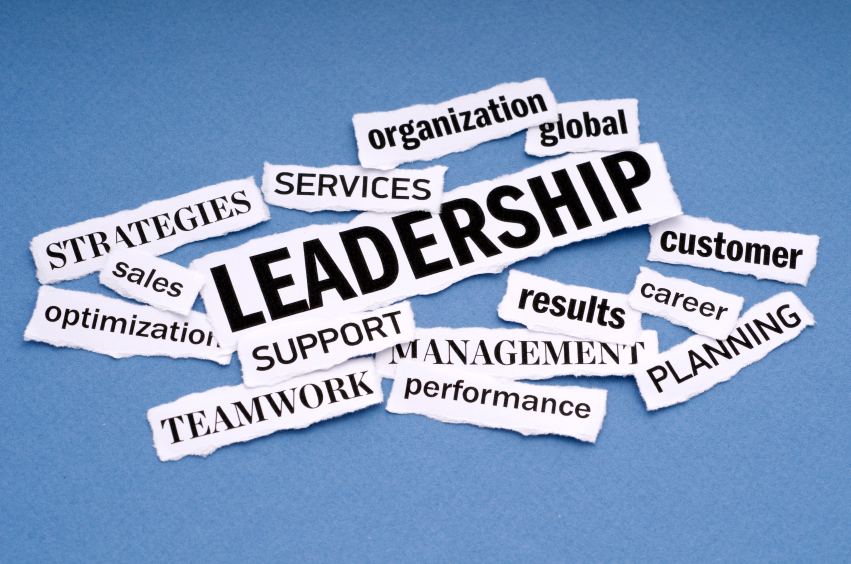Even after the brainstorming is completed, goals are set, the roadmap defined and processes are set into action, there is one more key element to consider in order to ensure the deployment of a successful community development initiative.
That important component is communication. After all, if nobody, including those involved in the initiative, can understand or communicate the project goals and metrics, then it becomes difficult for an initiative to build momentum. It is essential to develop the right tools to help organizations communicate project goals, preconditions for success, and ongoing evaluative results.
When dealing with complex issues such as homelessness, poverty, or street-involved youth, it is a real challenge to communicate effectively in a way that makes the issue and initiative understood, yet doesn’t oversimplify it.
Why is communication a priority with community development projects?
- When trying to engage other partners in work with an organization, they need to have clear idea of the initiative: what the issue is, what the broader societal impact of that issue is, why and how an organization is involved in tackling the issue, and how each partner is being asked to participate in the initiative.
- When trying to engage funders or the government, the specifics of the pitch being made needs to be clear. Organizations needs to clearly communicate how they view the issue, how they’re involved in tackling the issue, and where and why the other prospects would fit as funding partners. Funding partners are always, of course, interested in results; so implementing organizations need to devise an evaluative framework and system for communicating project results.
- When trying to engage the broader public, it is important to communicate the value of an initiative in helping to address a social issue. The media and public are amazing partners who can help build momentum, contribute with grassroots initiatives, and add creative thought leadership to development projects.
Although there can be many levels and types of “engagement”, the success of a community-based initiative depends most upon the active participation on the organizing committees/ working groups. Many initiatives are led by a smaller core group of people, with others joining in for short periods of time. Communication, therefore, needs to flourish within the core group of participants.
Theory of Change: A Communication and Evaluative Tool
When it comes to developing a tool that aids organizations in communicating their goals, preconditions, and results in a way that gives due recognition to complexity, yet breaks down the issue into understandable pieces, the Theory of Change model stands above the rest.
The Theory of Change gives practitioners an opportunity to understand and map all of the aspects of complex social issues in detail, incorporating all contributing factors – some of which are obvious, some of which are not. This provides a framework around which participants and partners can gather and discuss an issue. The model incorporates visuals to communicate layers of information behind each of the component pieces, making the information easy to refer to and more accessible to a wider audience.
Theory of Change: A Collaboration Tool
The Theory of Change process furthermore empowers organizations to decide how and when to intervene. Organizations struggling with the question of how to contribute to a development initiative can use the model to learn more about the preconditions to success, and to determine how their organization can play a role in improving the situation.
For instance, there are often multiple organizations tackling the issue of homelessness in one city, each with different strengths, skill sets, and assumptions about causes and solutions. The Theory of Change helps groups identify their potential contribution to achieving the preconditions for reducing homelessness, and the ways in which they can work together. From guidance counselors in schools working to reduce the instances of street-involved youth; to addictions group counselors working to bring stability to peoples’ lives; to homeless shelters caring for those already on the street – addressing a complex issue requires both preventative and rehabilitative initiatives, and above all it requires collaboration. The Theory of Change is the perfect communication tool for groups tackling complex issues.
Crime Prevention Ottawa implemented a Theory of Change based initiative on community-based crime prevention and, along with the success realized across several communities, the effort was honoured with two plain language awards from the Center for Plain Language’s ClearMark Awards in Washington, DC. The Center for Plain Language’s ClearMark Awards celebrate the best in clear communication and plain language from government, non-profits, and private companies in the U.S. and internationally.
The international recognition reaffirmed the importance of making community development initiatives more accessible and understandable. It also affirms the importance of sharing knowledge along the way and communicating results with as many citizens as possible.
The Theory of Change has helped set social development initiatives ahead because of its amazing ability to clearly map the goals, preconditions, and measurements of success for organizations tackling complex social issues. It has received due recognition for its contribution to improving communications between organizations, partners, and the public. To conclude I’d like to leave you with a quote from Simon Sinek that nicely summarizes the value of the Theory of Change model in the realm of communications:
“Simple ideas are easier to understand. Ideas that are easier to understand are repeated. Ideas that are repeated change the world.” – Simon Sinek
 I’ve worked with a lot of organizations and networks developing community-based programs that seek to address complex issues such as homelessness and youth involvement in gangs. There’s no shortage of knowledge among those working on these issues on the frontlines. What’s often lacking, however, is the translation of this day-to-day expertise into useable knowledge. The professionals work in silos, rather than contributing to a collective body of knowledge that could move the field forward as a whole.
I’ve worked with a lot of organizations and networks developing community-based programs that seek to address complex issues such as homelessness and youth involvement in gangs. There’s no shortage of knowledge among those working on these issues on the frontlines. What’s often lacking, however, is the translation of this day-to-day expertise into useable knowledge. The professionals work in silos, rather than contributing to a collective body of knowledge that could move the field forward as a whole.
 Like a roadmap guides motorists through unfamiliar territory to reach the final destination, there are effective tools that can help organizations to better navigate the complex environments in which they work, and guide the development of successful initiatives. And just as a map is altered as landscapes evolve, so too should the tools used to help us understand complex issues.
Like a roadmap guides motorists through unfamiliar territory to reach the final destination, there are effective tools that can help organizations to better navigate the complex environments in which they work, and guide the development of successful initiatives. And just as a map is altered as landscapes evolve, so too should the tools used to help us understand complex issues. Perhaps many of us don’t think about how easy it is to push open the correct door to the washroom in a crowded building. The truth is, for those who are not physically, visually or hearing impaired, the world around us makes sense. The recent HRSDC conference on the Rights of Persons with Disabilities shed light on just how challenging the world can be for the millions of people living with a disability and the importance of creating environments to accommodate them. Is it a societal issue and
Perhaps many of us don’t think about how easy it is to push open the correct door to the washroom in a crowded building. The truth is, for those who are not physically, visually or hearing impaired, the world around us makes sense. The recent HRSDC conference on the Rights of Persons with Disabilities shed light on just how challenging the world can be for the millions of people living with a disability and the importance of creating environments to accommodate them. Is it a societal issue and  Economic uncertainty, increased demand for services and concurrent decreases in funding, as well as calls for greater accountability create an increasingly complex and challenging environment in which boards must lead and govern. Board members are responsible for exercising sound judgment and
Economic uncertainty, increased demand for services and concurrent decreases in funding, as well as calls for greater accountability create an increasingly complex and challenging environment in which boards must lead and govern. Board members are responsible for exercising sound judgment and  Many people involved in the non-profit sector are passionate about providing services and enhancing the lives of people they know or people they may have never even met. Whether as staff or volunteers, they get involved in an organization to “do good,” to make positive change in the community.
Many people involved in the non-profit sector are passionate about providing services and enhancing the lives of people they know or people they may have never even met. Whether as staff or volunteers, they get involved in an organization to “do good,” to make positive change in the community.